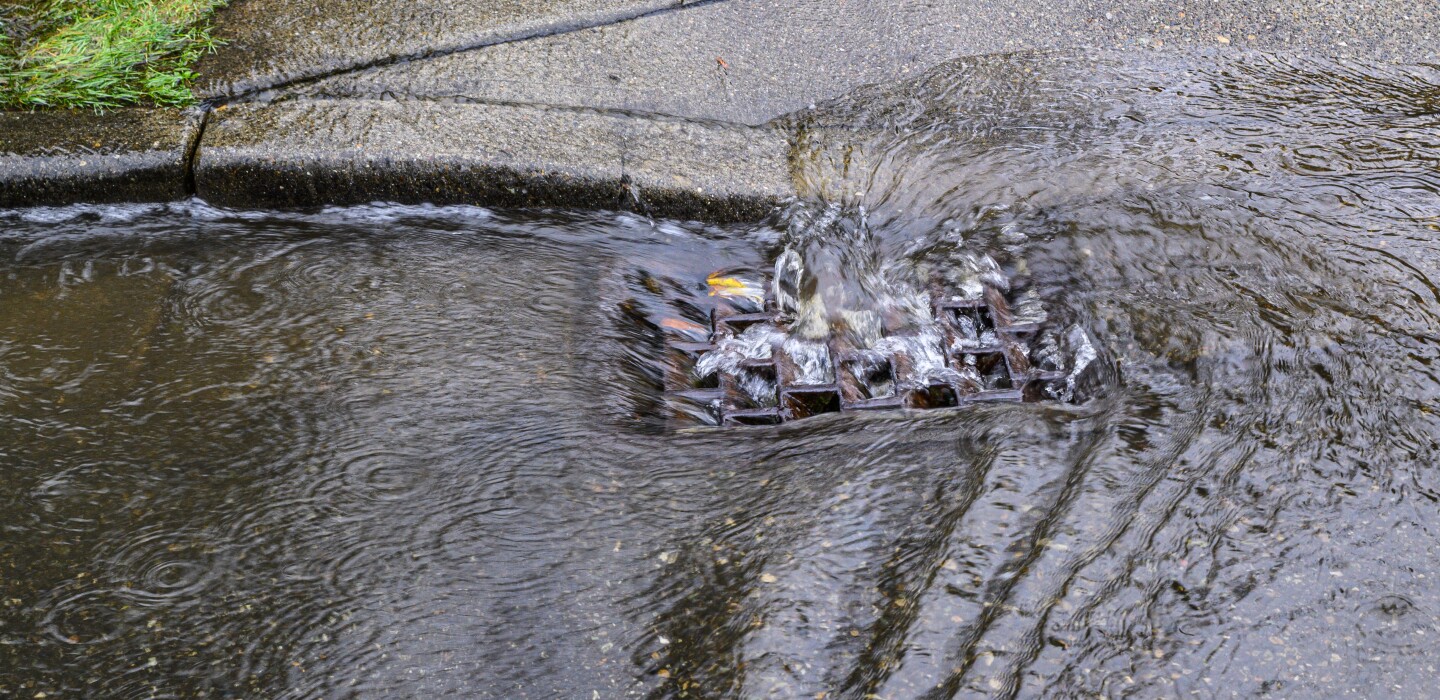
‘Smarter’ Radar Will Inform Bay Area Flood Network
Marin County, Calif., will be deploying a new state-of-the-art flood radar network that will help provide real-time data from atmospheric rivers and allow local officials to plan quickly for localized flooding.
It’s one of five radar stations in the Bay Area that will form a system for regional officials to share and inform a more rapid response for things like deploying resources, informing communities and relieving flooding wastewater plants.
What makes the new system state-of-the-art is it both uses newer stream gauges and the modeling is done at lower levels, closer to where the precipitation will actually hit, and the information is aggregated to make more specific predictions.
“Most of the weather radar information you see on the news is from weather radars that track a very broad area and they look up higher in the sky, not down closer to the ground at lower elevations,” said Dale Roberts, principal engineer for Sonoma County Water Agency, who helped develop the radar system. “Where you have a break in terrain, those other radars don’t see where the precipitation actually lands when it hits the ground.”
So with the combination of the modeling from localized radars at 1,000 and 2,000 feet of elevation and the new gauges, all that aggregated information will lead to shorter-term forecasting of where flooding will be, Roberts said.
The station will become operational at the end of this year. At that time the radar will track precipitation from atmospheric river events and transmit it initially to the National Weather Service in Boulder, Colo., where it will be fed into supercomputers.
From there, forecasts will be sent back to the Bay Area where meteorologists will continue to refine and localize them.
“And that will help not only with flood control and emergency response agencies, it will help us as we’re tracking sewer and wastewater collection by knowing where localized precipitation is occurring,” Roberts said. “We’ll know which areas are prone to overflows and can be ready to mobilize at the problem spots and suck wastewater out of a manhole and deliver it elsewhere.”
Marin County Senior Engineer Roger Leventhal added that the area is prone to landslides and debris flow and so knowing ahead of time where heavy precipitation areas might be will help responders.
“The emergency response is always limited,” Leventhal said. “You can’t be everywhere all at once so knowing where the most intense cells are from the radar is critical. We are resource-limited and we use conservation crews, but we have to get them there and that logistically can be difficult during a big storm.”
The radar system is part of a $20 million project being funded by a grant from the California Department of Water Resources along with help from the state’s Office of Emergency Services and FEMA.
The other “four corners” station locations will be north, south, east and west Bay Area locations.
“The key point is that it’s not just radar, it’s a system, and they’re still developing it,” Leventhal said.

Average Rating